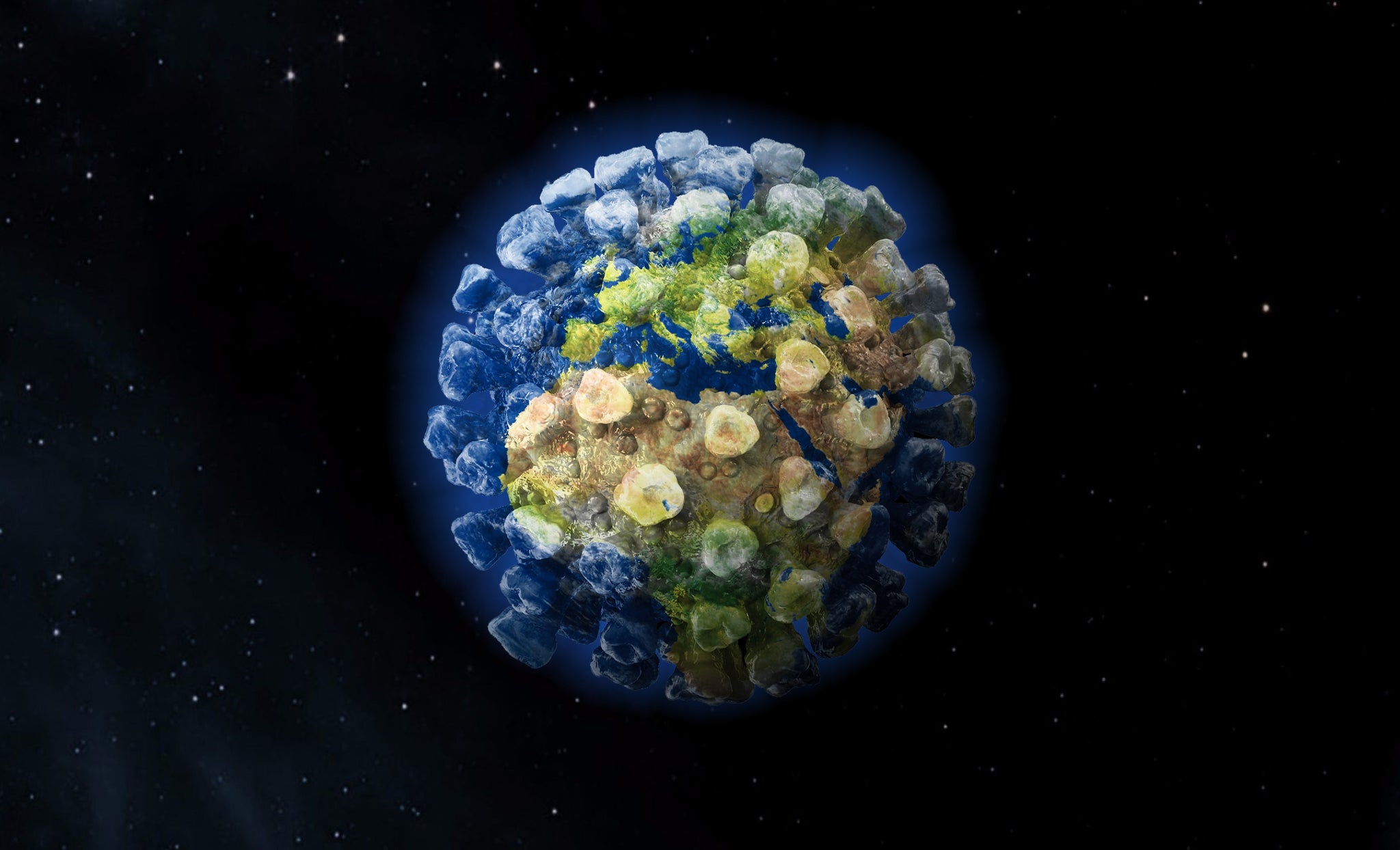A Brief History of Pandemics Past to Present
Germs are everywhere, and not all of them are good. From your phone screen to your pet dog, they exist on all types of surfaces. Over time humans have developed higher standards of health and sanitation in order to combat these germs becoming deadly diseases. However, we still have a long way to go. In order to put our medical advancements into perspective, we need to take a look into the plagues of the past to get a better understanding of the pandemic of the present.
The Black Death otherwise known as the Bubonic Plague is one of the most deadly epidemics in the history of mankind.The disease tore through Asia, the Middle East, Africa and Europe in the 1300’s and killed between 75 to 200 million people. Carried by fleas that lived on rats as well as body lice, the deadly germ spread easily from person to person. Unlike today, there were no vaccinations to strengthen the immune system. Someone who was seen as healthy could easily catch the Bubonic Plague, as it attacked the body's lymphatic system. This resulted in swollen lymph nodes and thus the term Bubo was born. Even though this disease was around hundreds of years ago, it technically never went away. Like today’s pandemic of Covid-19, people were isolated from one another to slow the spread of the disease. The word quarantine was actually invented around this time from the Italian word, quarantino, which referred to the 40 days people were placed in isolation.
Like the Bubonic plague, Smallpox also used isolation methods to stop sicknesses from spreading. Seen in incredibly high numbers amongst immigrant settlers in colonial America, Smallpox ravaged populations. Boston was hit with the epidemic on seven different occasions. The city was kept in isolation, but many citizens fled, which led to the disease traveling throughout the region. Smallpox dumbfounded doctors and disfigured its victims striking fear into the populous. It spread like wildfire amongst settlers and even faster within Native American populations. This disease decimated Indigenous people, significantly depopulating entire areas. Despite the extensive horrible things that occurred during this time due to the disease, there was a silver lining.
Inoculation was invented as a way to combat Smallpox. Now you may be asking yourself, what is inoculation? A more common word for it would be immunization or vaccination. A lot of people seem to be protesting it these days but vaccines have been historically beneficial in combating deadly diseases. I’m not going to go too in depth on the inoculation process to spare those of you with a weak stomach, but in short inoculation is when you use infected materials to infect a patient. The inoculation process helped to slow the spread of those infected by smallpox limiting. It took a long time for this process to be accepted by the world. Many people were hesitant to trust the idea of giving yourself the germs in order to develop immunity. Eventually, immunization became a standard practice and the rate of mortality began to significantly decrease. Now, just because you have an immunity to something, doesn’t mean you can’t catch it. You still get sick but the illness spreads much slower and with the idea of herd immunity at play, it can die out all together.

With the evolution of vaccines, has come many failures. Pertussis or Whooping Cough is an illness that has overcome immunization time and time again. Prior to the 1950’s there were millions of cases of this sickness around the world. A vaccine was invented that seemed like the light at the end of the tunnel, until it wasn’t. The unprecedented resurgence of Pertussis has stumped scientists for years. Despite vaccines the disease still had a high mortality rate. In 2010 the state of California noted a 418% increase in Whooping Cough. Modifications in disease prevention have evolved significantly, but there are still some things out there that confuse even the brightest minds.
Pandemics have always existed. In every region, on every country and continent, they’ve affected millions of human beings. A pandemic is defined as a worldwide spread of disease. H1N1, Spanish Flu, Cholera and Covid-19 are just a few. Many of these pandemics are similar to one another. H1N1 and Covid have nearly identical symptoms. The Spanish Flu like Covid is a respiratory disease that is incredibly contagious. Though Cholera is not a virus it spreads similarly to Covid. The spread of this pandemic was slowed with the help of the most basic idea, to wash your hands.
So diseases that existed hundreds of years apart can be exponentially different, but also similar to the crisis we are dealing with today. Medical advancements throughout history have helped to eliminate terrible diseases, but without the cooperation of regular people, they alone aren’t always enough. That’s why it’s so important to eliminate the germs that we are exposed to. Whether that’s through isolation or sanitation methods like UV-C light, it is important to be aware of the issue but that eventually pandemics do come to an end.


